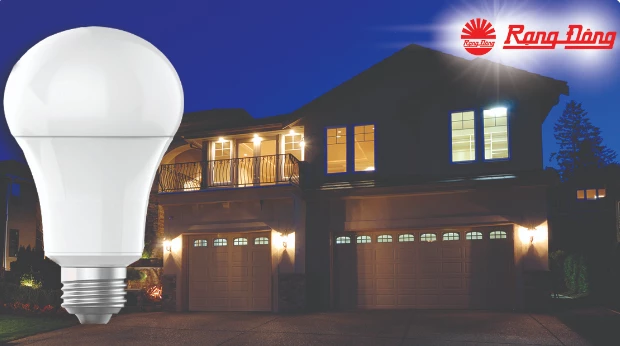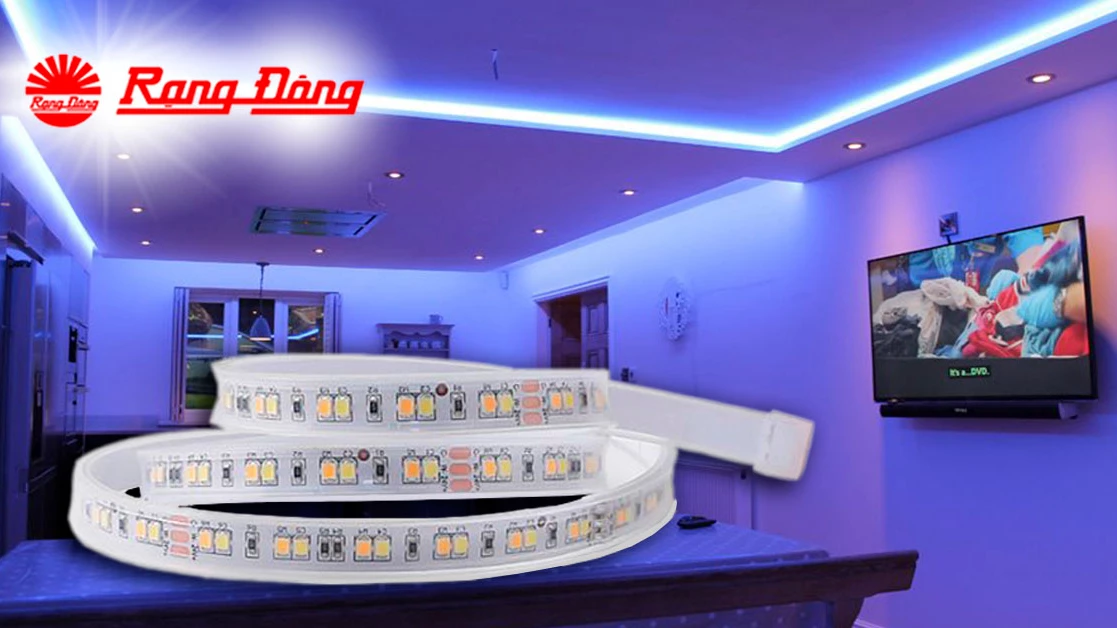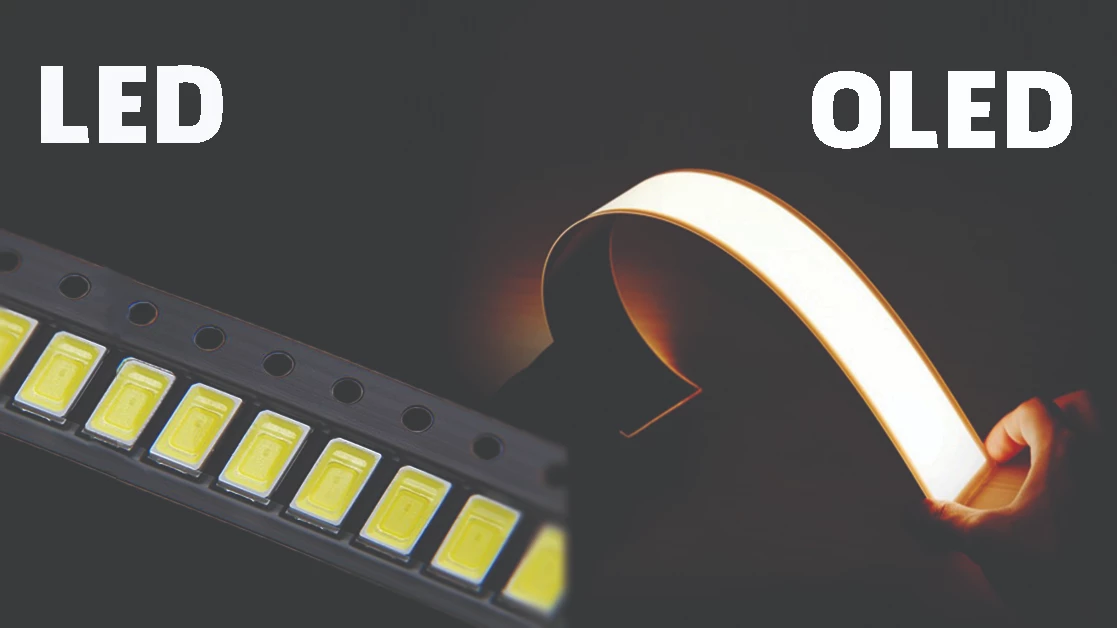
LED lighting colors: CRI vs CCT?
When it comes to LED lighting colors, the terms Correlated Color Temperature (CCT) and Color Rendering Index (CRI) may raise some confusion. They both describe the output of a light source, but they indicate different values important to the lamp.
Correlated Color Temperature (CCT)
CCT refers to the color of the light, and in this case, LED lighting colors. Although T stands for Temperature, CCT does not refer to the actual temperature of the light source. Instead, it describes the temperature at which an absolutely black (such as black iron) object is heated in order to make it glow and produce color.
For instance, if an iron rod is heated to 2700 degrees Kelvin, and we compare it to a light source with a CCT of 2700K, we can see their glowing of the same color. While this concept is a bit complicated, it is the most practical way to identify the value of LED lighting colors.
CCT refers to the color of the light
Warm & cool light
When the light is described as “warm” or “cool”, it reminds us of warm and cool colors. But the colors corresponding to the CCT index are slightly different. For example, orange is a warm color that appears with a low CCT, while blue is a cool color with a high CCT. This means that the index runs from warm to cool, corresponding to a range from low to high CCT.
Warm white (2700-3000K): Yellow and shades of red. These LED lighting colors can be used in restaurants, hotels, dining shops, living rooms and function rooms etc.
Neutral white (4000K+): Similar to natural light at noon, often used in offices, schools, classrooms, exhibitions or libraries.
Cool white (6000K +): Scattering light with bluish color, suitable for large open spaces like streets, parking lots, floors and many others.
Color Rendering Index (CRI)
Unlike CCT, CRI refers to the way a light source reveals the colors of an object or surface. The unit of CRI is Ra and the maximum value of CRI is 100, which means that the light source displays colors similar to natural light during daylight. When CRI is low, the visibility of colors becomes more misleading. CRI doesn't have a minimum value, if the measurement result shows a negative value, it means the light source has completely changed the true color of the object.
When CRI is low, the visibility of colors becomes more misleading
Here are some CRI indicators for each case:
CRI = 100 is daylight. The most standard criterion for measuring the truest color when there’s light.
CRI = 85 to 95 is a very high CRI, often used for areas with nearly most accurate colors such as painting rooms.
CRI = 65 to 85: We can use it for daily lighting activities such as sports grounds, cafeterias, bedrooms...
CRI = 45 to 65 is used for LED lights to illuminate public areas that no longer need color accuracy such as parking lots, street lights.
CRI = 25 to 45: we can only use where light deviation is not important
Unlike traditional lamps, which have low light quality and low CRI, LED lighting products provide the flexibility to choose LED lighting colors.
Should you have any questions, wish to share your ideas of lighting or request a quotation, please send us an email to export@rangdong.com.vn.
Our website: https://en.rangdong.com.vn/







